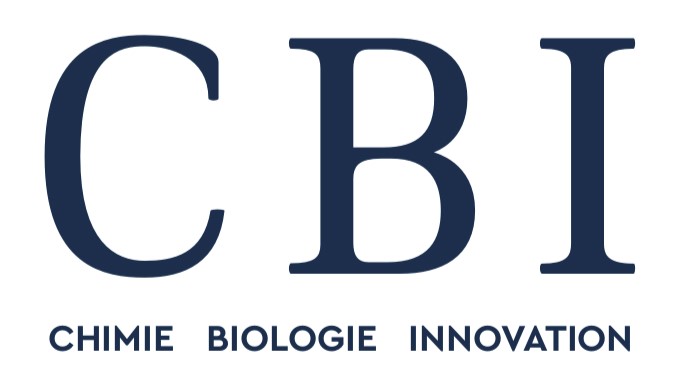History: How we came to do biology in droplets
Phage display
Antibodies are potentially powerful therapeutic agents. The problem was that, for therapy, human antibodies are required (to prevent an immune response). But until the beginning of the 1990’s it was very difficult to make human antibodies; the hybridoma technology - used to create mouse monoclonal antibodies - was poorly adapted to producing human antibodies.
A solution to this issue was developed in the early 1990’s, at the MRC Laboratory of Molecular Biology, Cambridge, with Greg Winter: Andrew Griffiths developed phage-display, a directed evolution system for the selection of human antibodies for therapy.
Phage-display is an evolutionary system which is based on Darwinian principles to evolve new molecules in the laboratory through multiple rounds of mutation/selection. A key-issue was to establish a linkage between the genotype - a nucleic acid which can be replicated - and the phenotype - a selectable activity. Using such systems enables us to investigate the mechanism of evolution or to evolve molecules of real practical utility (directed evolution).
In Vitro compartimentalization
Phage display is an extremely simple and efficient system to select for binding. However, it is poorly adapted to select for catalysis and regulation.
To push this limit, Andrew Griffiths, together with Dan Tawfik (now at Weizman Institute), developed In Vitro Compartmentalisation (IVC), an alternative Genotype-Phenotype linkage obtained by compartmentalisation in microdroplets in water-in-oil emulsions
This idea is in fact directly inspired from nature, where cells keep together genes (DNA), the RNAs and proteins encoded by the genes, and the products of the catalytic activities of the RNAs and proteins. Aqueous microdroplets have an average 2.6 µm diameter ( same size as a bacterium), thus a 5 fl volume (50 µl are dispersed into 10 billions of droplets). But the advantage of microdroplets is that they are are much more simple genetically and biochemically than cells so that it is easier to apply selection pressures.
IVC has been used to select proteins and RNAs for wide range of binding, catalytic and regulatory activities (see Publications)
It is also noteworthy that the same idea of IVC led to emulsion PCR, which is now used for sample preparation in a wide range of Next Generation Sequencing technologies.
But the polydispersity of emulsions limits their use for biological experiments: it is very difficult to obtain quantitative data or to fuse droplets with new reagents. Thus, the lab focuses now on droplet-based microfluidics, which allows for greater flexibility in droplet manipulation.
Droplet-based microfluidics
In 2005 we started to collaborate with the groups of David Weitz at Harvard and Jerome Bibette at ESPCI ParisTech to develop droplet-based microfluidics systems for biology and chemistry.
Microfluidics generates highly monodisperse emulsions (<3% polydispersity). Assays are thus compartmentalized in aqueous microdroplets in a perfluorocarbon carrier oil.
Each droplet, with a typical diameter of between 1 and 100 µm, functions as an independent microreactor, but has a volume of only 1 pl to 0.5 nl. The volume of each assay is therefore reduced by up to one million-fold compared to a conventional assay in a 1536-well plate with a capacity of 1-2 µl).
Since 2005, we have developed a large range of microfluidic tools and largely improved this technology.


